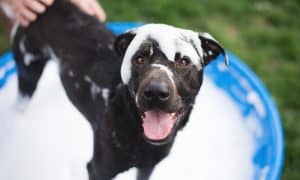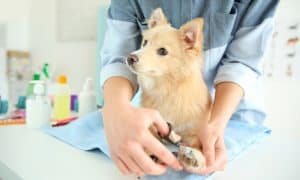“This post contains affiliate links, and I will be compensated if you make a purchase after clicking on my links.”
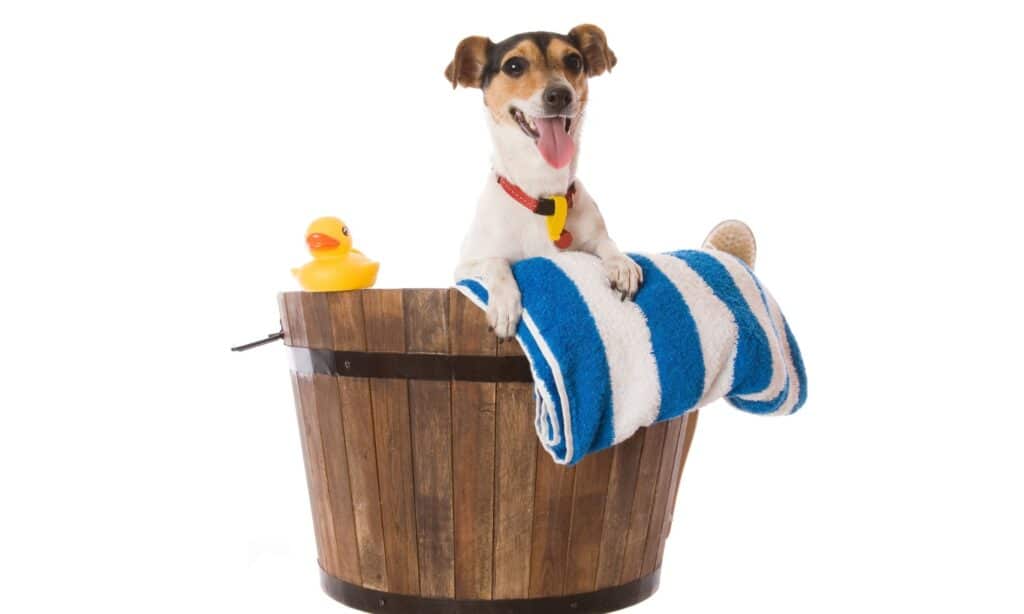
How often your dog takes a bath may vary, but it is a good idea to bathe your dog at least once every two to three months.
Unfortunately, taking a bath can be stressful for your dog. From the sound of running water affecting their sensitive hearing to their bottled-up nervous energy triggered by baths, many factors can influence why they don’t like it. You become stressed when they become stressed, and cleaning them seems impossible. Here are some tips on how you can help your dog feel comfortable in the bath!
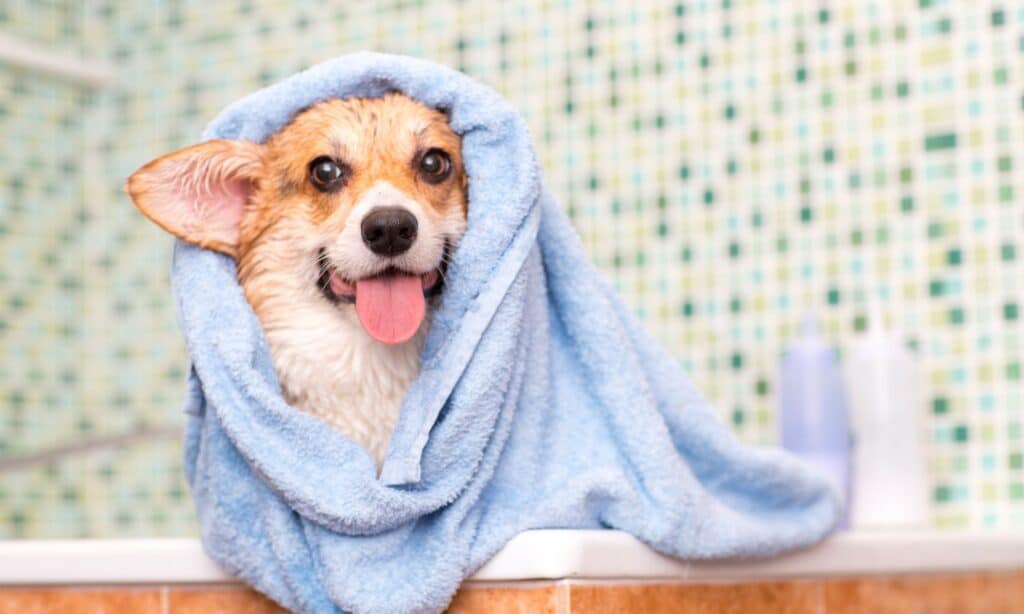
Avoid Negative Associations
Make bathing an enjoyable experience for your dog so that every time he sees shampoo bubbles, running water, or bathrooms, he associates it with a positive experience. Toys, praise, and treats during bath time are encouraged. If your dog has a hard time in the bathtub, try a mild shower or a hose outside. Do not force them into doing things if they’re afraid or uncomfortable. This makes them feel unsafe and only lengthens the process. With enough positive associations, once they can get into the bathroom and stay comfortably, you can regularly wash your dog in a full-on bath.
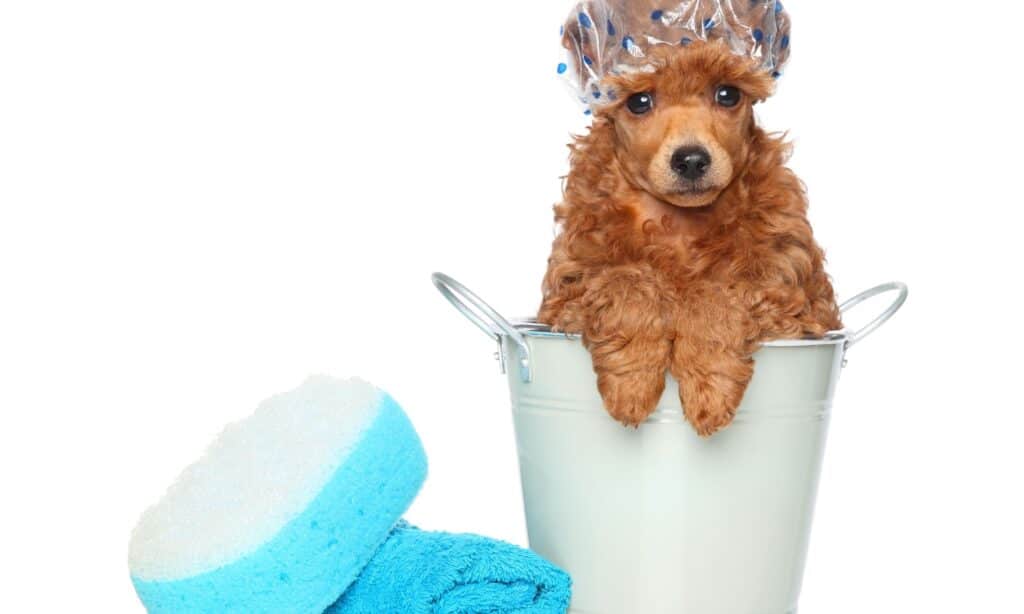
Prepare Key Products and Tools
Prepare their brush, shampoo, conditioner, ear cleaner, and towels. You may also include a non-slip mat or stickers to help them feel steady and secure. Make sure you have the items needed while taking a bath right where you can reach them. Trying to find things with a wet dog running around the house can be a handful. Choose where you want to give them a bath. Depending on whether the dog is big or small in size, you can choose between a small sink or a larger tub. Having a dedicated space for their bath area can help keep dog hair clean from the family bathroom, but using it is fine too.
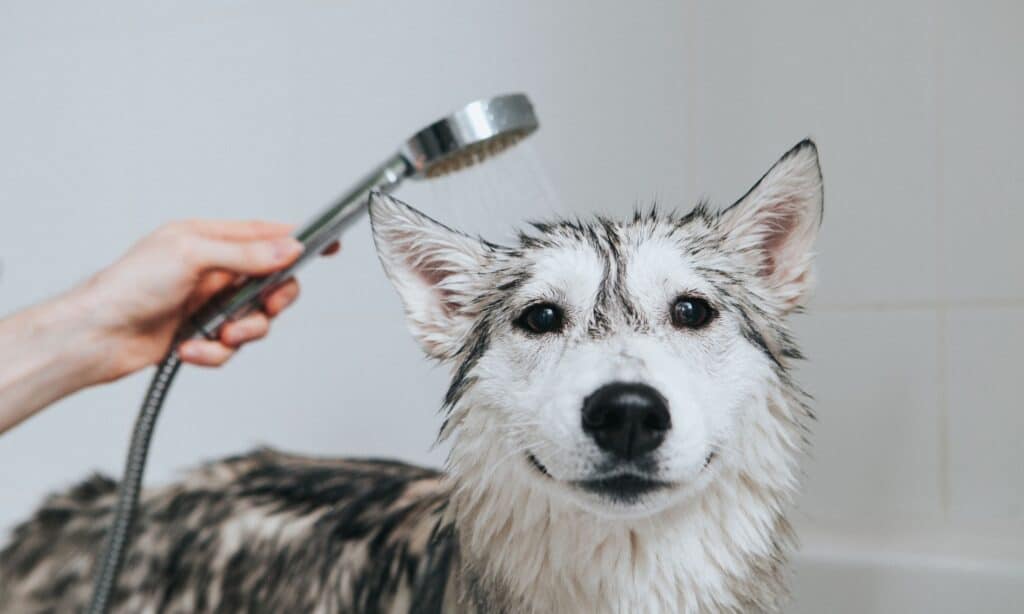
Use Lukewarm Water
Check the water temperature before using it for your dog. If the water is too hot, it can increase your pet’s heart rate and cause strain. If the water is too cold, it can be uncomfortable and won’t clean as much. Use lukewarm water and avoid spraying your dog full force. Protect their ears, nose, and other sensitive areas.
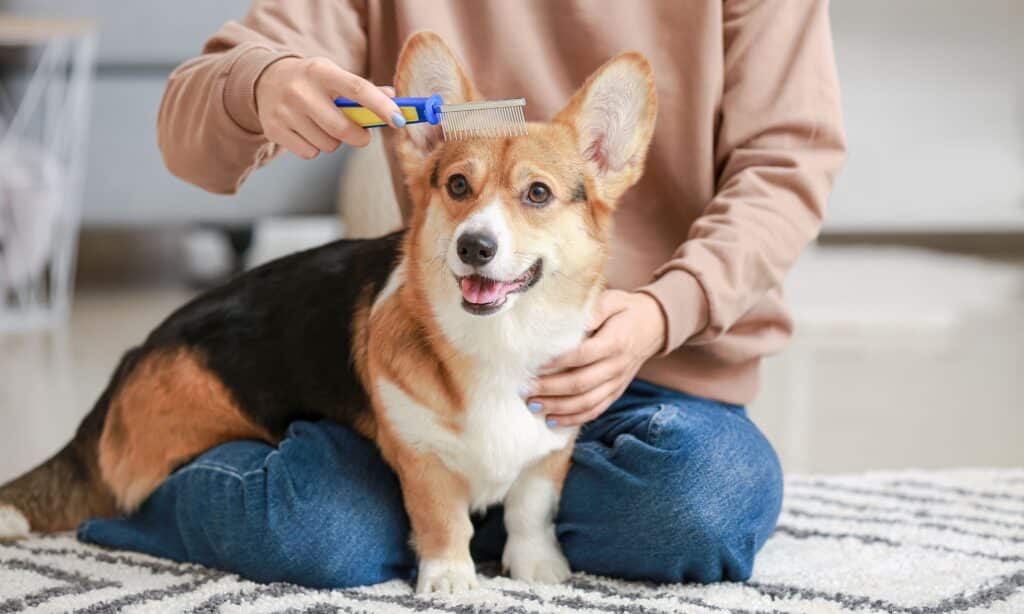
Brush Fur Before and After
Brushing before cleaning them detangles dog hair and minimizes shampoo and water waste. Talk to your pet in reassuring tones while brushing to help him be calmer before taking a bath. To help prevent ingrown hairs that lead to bumps in the skin, brush your dog’s hair in the direction you want it to grow.
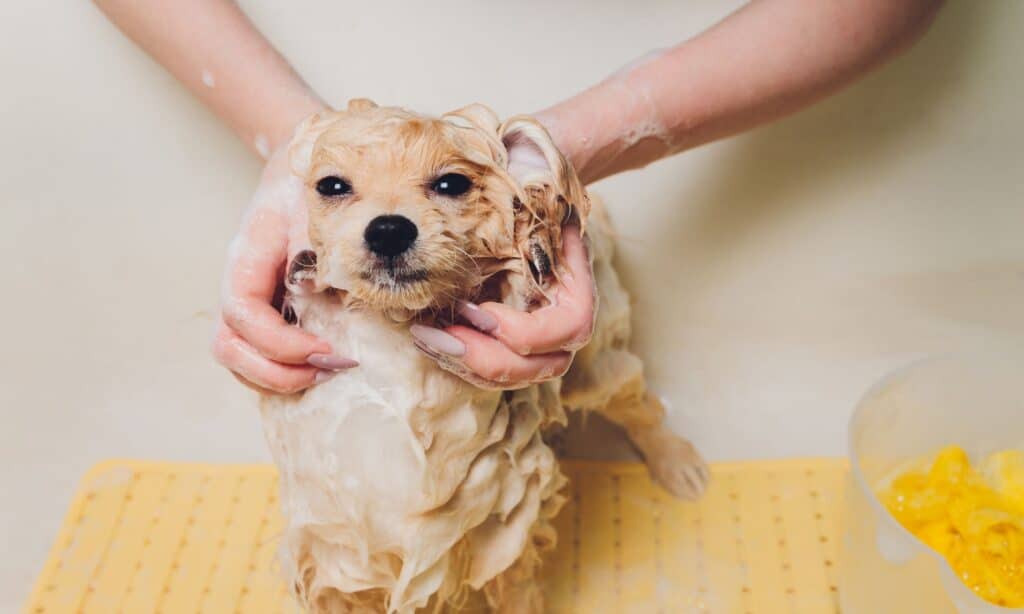
Apply Shampoo and Rinse Thoroughly
Use a dog shampoo with the correct PH balance for your pet. Due to their acidic levels, human shampoos are not suited for a dog’s skin and coat. Work your way through the neck, front shoulders, armpits, stomach and down to your dog’s tail and feet with your fingers or a soft brush. While rinsing, keep an eye on if there is still dirt and bubbles running down. Use a cotton ball to protect their ears from running water.
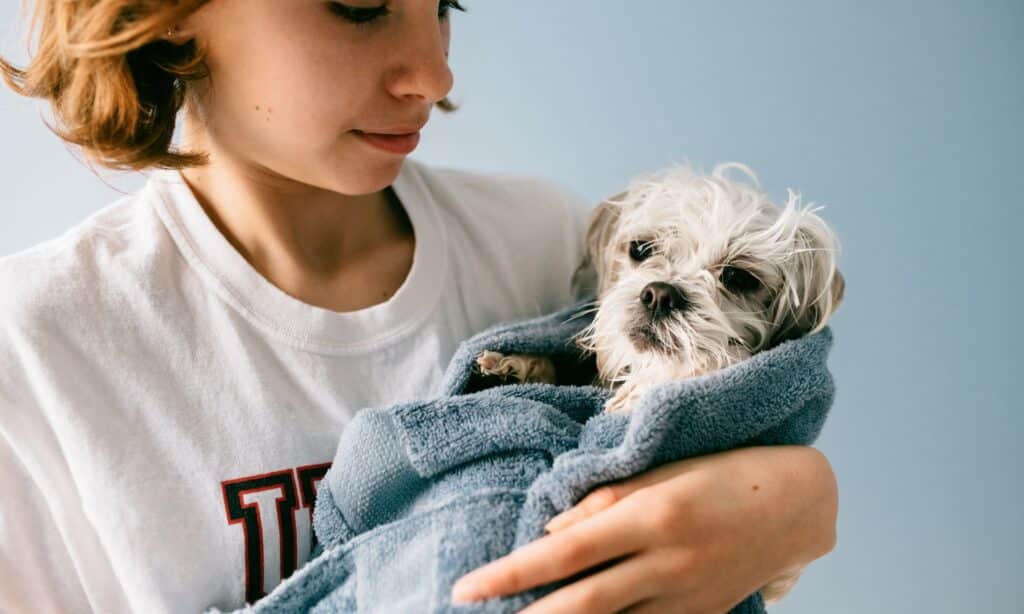
Dry Your Dog
Sometimes, infections and itching can come from trapped moisture after washing. Use a dry towel or a blow-dryer to ensure they are completely dried. You could also air dry your dog and brush him as he dries. Gently hold the back of their neck to control their movements.
There are bath-free ways to clean your dog. The use of cleaning wipes, dry shampoos, and deodorizing spray can also make your dog clean. But by following these steps, you can get your dog to feel comfortable in the bath to make him spick and span!

